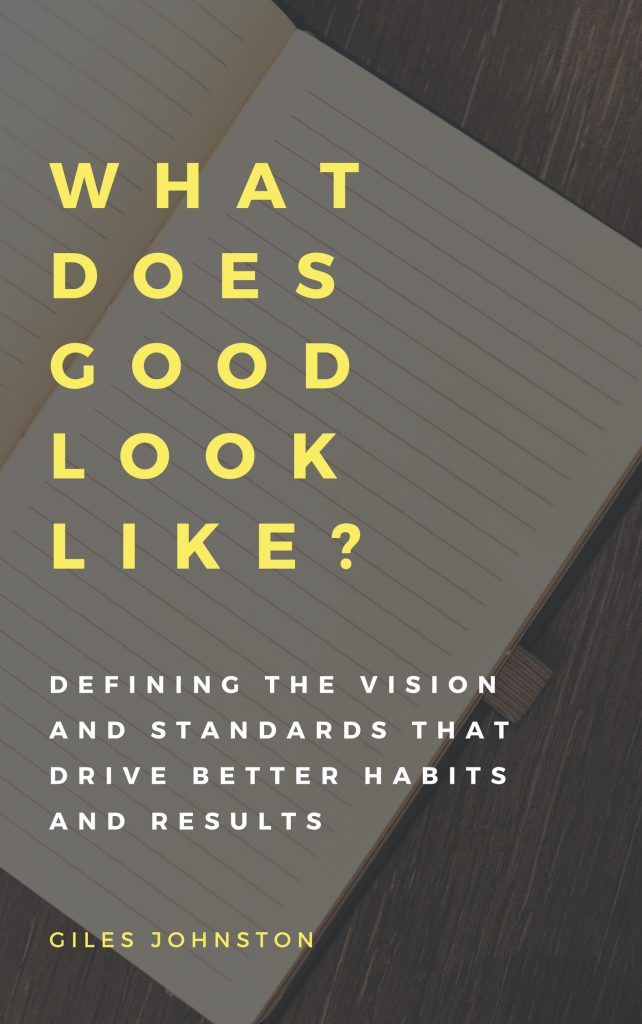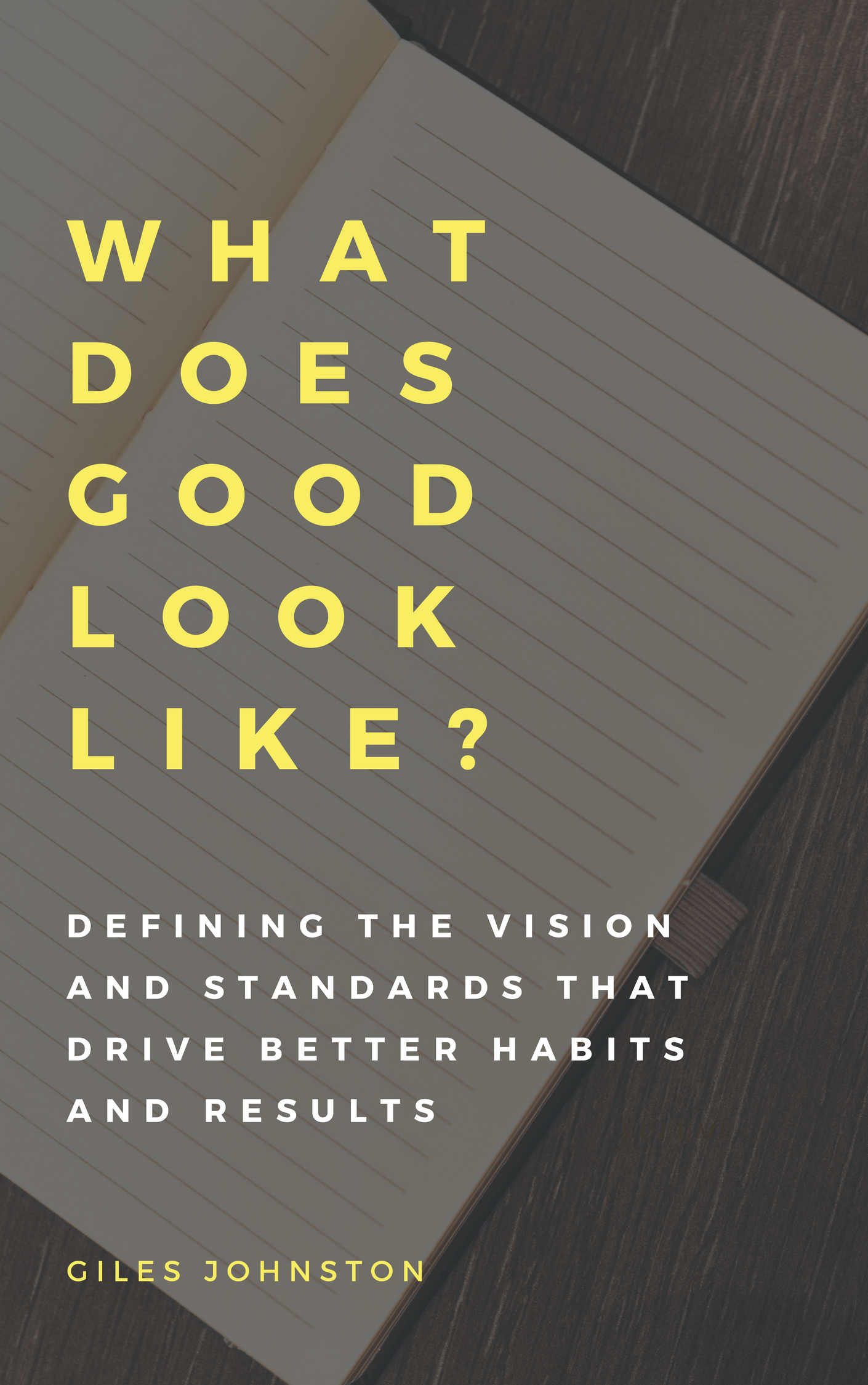Last month I was sitting in a client’s office looking at one of their reporting processes.
The General Manager that I was talking to was grumbling about the project information they get from their staff and the lack of quality to the information. Without hesitation the General Manager called the Office Manager into his office and told her to “get it sorted”.
The Office Manager looked confused but still said “OK” to the request.
As she started to leave the office I interjected and said “instead of just telling the team to provide better information, can we show them what good looks like?”
We discussed what a good report from the staff looked like, whether we had any examples we could share and if there were any guidelines we could provide. As it turned out the answer was “no”, but the Office Manager said she could pull this together in the next half an hour.
The General Manager shook his head. “We’ve been trying to get on top of this problem for a while now, but never gotten there.” He agreed to try this approach, to literally show his team what good looks like and roll out some more effective toolbox talks and training whilst also rejecting poor reports going forward.
Last week I caught back up with the General Manager and he says that the reporting process is now working much better and that the team responded well to the improved clarity of having some examples to work with. Their previous attempts at grumbling at what was wrong didn’t help the staff to do what was wanted / required. This is often the case when we try to change the behaviours of our staff when attempting to change the performance of a process.
Pointing out all of the failings can get you so far in a conversation. Pointing out what good looks like and how they can achieve it can be all it takes in many instances to experience a far greater level of improvement.
Continuous improvement projects are better when you draw a vision of the future, rather than just fix things that are broken.
Business performance is better when you give a vision for how you want tasks carried out and processes operated than just providing the steps.
Deploying business strategy is quicker and more effective if the vision statements are translated into meaningful and relevant explanations for your staff.

If you find yourself in the trap of just fixing the grumbles in your business, then try articulating a simple picture of what good looks like for your team. The chances are good that your team will grasp what you are trying to achieve quickly, and you’ll end up with a better result faster than you have previously experienced.
Have fun painting a picture of what good looks like for your staff,
Giles
